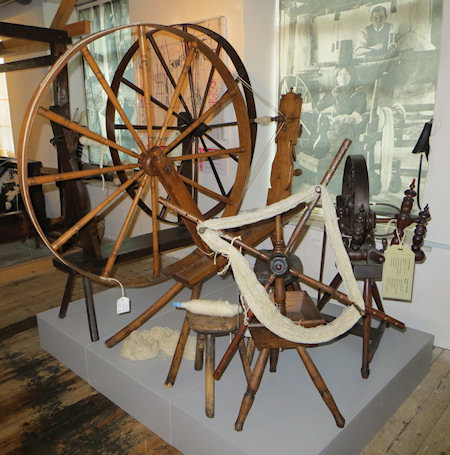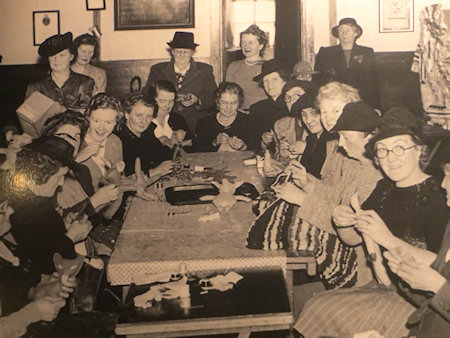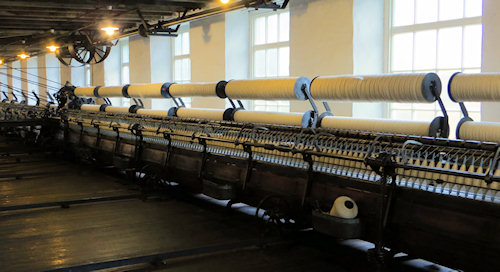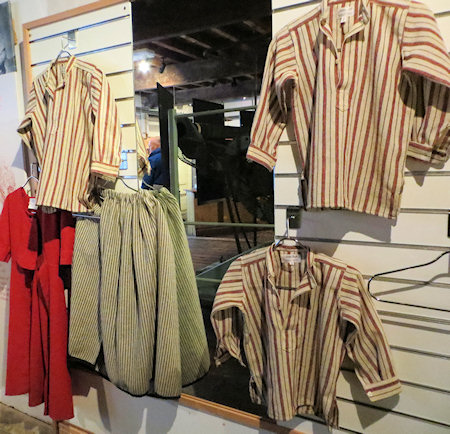
It will come as no surprise to regular visitors to this blog, but for those who don’t know – I am a knitter. I enjoy it so much, I made the heroine of my latest novel a knitter so she could share my hobby.
I find knitting relaxing. It helps with the RSI after all day using a computer keyboard and I get a real thrill when I finish a project, particularly if someone says it looks nice.
And let’s not forget I am Australian. For a very long time it was said Australia rides on the sheep’s back. The wool industry has always been an important part of rural Australian life.
But for an Australian, the wool industry had always conjured up vast sweeping outback paddocks littered with thousands of sheep. And shearing sheds stripping the wool for export.
In UK, however, the story is somewhat different, as I found out in a visit to the National Wool Museum in Wales.
This small but really fascinating museum is housed in the listed buildings of the former Cambrian Mills and tells the story of spinning and weaving industry, from early days as a cottage industry through the industrial revolution.

How very different this picture is to the open Australian plains. While our stockmen and shearers toiled in terrible heat, British textile workers struggled in cramped dark and noisy mills, breathing in the deadly fibres.

At the Wool Museum has preserved machines of that era and kept them in working order… which gave me a chance to shoot a few seconds of video…
Quite apart from the noise of the machines, look at the speed of those shuttles. If one hit a worker (and I’m sure they must have from time to time) there would be serious injuries as a result.
I was fascinated by the fact that only one of the men doing the demonstration wore ear protection. I felt like my ears were ringing after just a few minutes in the room. In Victorian times, workers were deafened by working long hours in this terrible din.
The machines still spin wool and make fabrics in the traditional way – and the colours and fabric patterns produced today are the same as they have been for generations…

Which if course took me to the shop – where I bought wool spun on those preserved spinning mules.
Because you can’t have too much wool standing by for the next knitting project.

